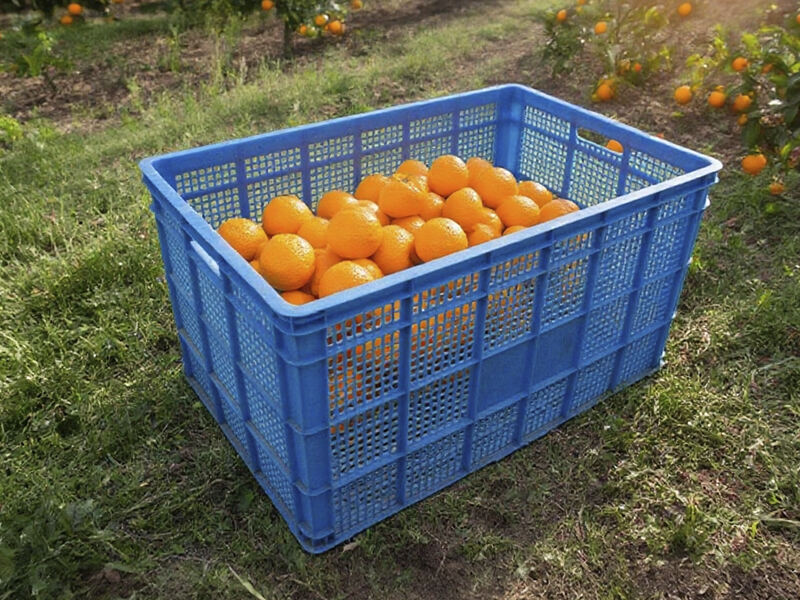من ناحية التعامل مع ما بعد الحصاد والتخزين البارد للبرتقال، صناديق بلاستيكية و لوحات بلاستيكية تُعد العناصر الأساسية لضمان النضارة وتقليل التلف وتحسين الكفاءة التشغيلية. البرتقال من الفواكه القابلة للتلف بسرعة ويحتوي على نسبة عالية من الرطوبة وقشر رقيق، مما يجعله معرّضًا للتلف والتحلل إذا لم يُعَالَج بشكل صحيح. وللحفاظ على جودته أثناء التخزين والتوزيع، يعتمد معظم المزارعين والمقسّمين على منشآت التخزين البارد - إلى جانب منصات نقالة صناديق بلاستيكية و لوحات بلاستيكية مصممة لوجستيات الفواكه.
الظروف المثالية لتخزين البرتقال في غرف التبريد
يجب تخزين البرتقال عند درجات حرارة تتراوح بين 3°م و5°م مع الحفاظ على رطوبة نسبية تبلغ 90% إلى 95% . في هذا النطاق، يمكن عادةً تخزين البرتقال لمدة 1 إلى 4 أشهر دون فقدان كبير في النكهة أو الملمس. قد تتسبب درجات الحرارة أقل من 3°C في حدوث أضرار بسبب البرودة، بينما يمكن أن تؤدي درجات الحرارة الأعلى إلى تسريع نمو الكائنات الدقيقة والتلف. ولذلك فإن الحفاظ على التحكم الدقيق بدرجة الحرارة والرطوبة في الغرف الباردة أمر بالغ الأهمية.
الحصاد: استخدام الصناديق البلاستيكية من أجل الحماية والكفاءة
أثناء مرحلة الحصاد، تُستخدم صناديق بلاستيكية لجمع ونقل الثمار مباشرة من البستان. هذه الصناديق خفيفة الوزن ومُهواة وقابلة للتكديس — وهي خصائص مثالية لتقليل التلف الميكانيكي والسماح بتدفق الهواء حول الثمار. يقوم العمال الذين يرتدون قفازات ومقصات معقمة بقطع البرتقال بعناية ووضعه بلطف داخل صناديق بلاستيكية لتجنب التلف. وعلى عكس السلال المجدولة التقليدية، فإن صناديق بلاستيكية تقدم تحسناً في النظافة والقوة البنائية، مما يجعلها أكثر ملاءمة لعمليات التعامل الحديثة مع الثمار.
الفصل والتبريد المسبق
بعد الحصاد، يتم فرز البرتقال لإزالة أي ثمار تالفة أو مصابة بأمراض أو مشوَّهة. تُصنَّف الثمار عالية الجودة المتبقية وتُجهَّز لعملية التبريد المسبق، وهي خطوة حاسمة تُقلل درجة حرارة الثمار بسرعة إلى حوالي 3°م. ويُقلل التبريد المسبق من معدلات التنفس وفقدان الرطوبة، مما يطيل بشكل كبير من عمر التخزين. استخدام صناديق بلاستيكية في هذه المرحلة يسمح بتبريد الثمار مباشرة داخل الصندوق، مما يقلل من خطوات التعامل معها ويحافظ على جودتها.
تحضير غرفة التبريد واستخدام الألواح البلاستيكية
قبل تحميل الثمار إلى مخزن التبريد، يجب تعقيم المنشأة بشكل كامل باستخدام مواد مطهرة معتمدة مثل الفورمالين. بعد ذلك، يتم تهوية الغرفة لمدة 2–3 أيام، ويُشغَّل نظام التبريد لخفض درجة الحرارة إلى المستوى الأمثل للاستقرار.
وبمجرد الاستعداد، تُرص البرتقالة -والتي تكون معبأة عادة في صناديق- على لوحات بلاستيكية للاستقرار. هذه ألواح بلاستيكية متوافقة مع تخزين الثلاجة ضرورية للحفاظ على النظافة والتهوية المناسبة. فهي تحافظ على صناديق الفاكهة مرتفعة عن الأرض (بمسافة لا تقل عن 20 سم) ومتباعدة عن الجدران (حوالي 30 سم)، مما يساعد على منع تراكم الرطوبة وتعزيز تدفق الهواء. كما أن استخدام التخزين على الألواح الخشبية (Palletized storage) يسمح بسهولة الحركة بواسطة الرافعات الشوكية، مما يحسن السرعة والأمان في العمليات. ينبغي الحد من التكديس إلى 7 طبقات كحد أقصى لتجنب الضغط المفرط على الصناديق السفلية.
مراقبة التخزين والتوزيع
التفتيش المنتظم أثناء التخزين ضروري لإزالة البرتقال الفاسد ومنع انتشار العفن أو البكتيريا. قبل الشحن، إذا لم يتم نقل البرتقال عبر سلسلة التبريد، فيجب تكييفه تدريجيًا مع درجات الحرارة المحيطة لتجنب تشكل التكاثف وتدهور الجودة. ومع ذلك، مع وجود لوجستيات سلسلة التبريد ، يمكن تخطي هذه الخطوة، مما يضمن نضارة مستمرة من التخزين حتى التوصيل.
الخلاصة: الصناديق البلاستيكية والألواح البلاستيكية - العمود الفقري لتخزين البرتقال بكفاءة
من الحقل إلى التخزين البارد، صناديق بلاستيكية و لوحات بلاستيكية تلعب دوراً محورياً في الحفاظ على جودة البرتقال. فهي توفر الحماية أثناء التعامل معه، وتعزز تدفق الهواء، وتحسن من النظافة، وتسهّل اللوجستيات الفعّالة. من خلال دمج هذه الأدوات مع إدارة صحيحة لتخزين المنتجات في البرادات، يمكن لمنتجي البرتقال وموزعيه تقليل الهدر بشكل ملحوظ، وتمديد مدة الصلاحية، والتأكد من وصول ثمرة طازجة ولذيذة إلى المستهلك.

 EN
EN
 AR
AR CS
CS DA
DA NL
NL FI
FI FR
FR DE
DE EL
EL HI
HI IT
IT JA
JA KO
KO NO
NO PL
PL PT
PT RU
RU ES
ES SV
SV TL
TL ID
ID SR
SR UK
UK VI
VI SQ
SQ HU
HU TH
TH TR
TR MS
MS IS
IS BN
BN LO
LO MN
MN NE
NE MY
MY UZ
UZ KY
KY


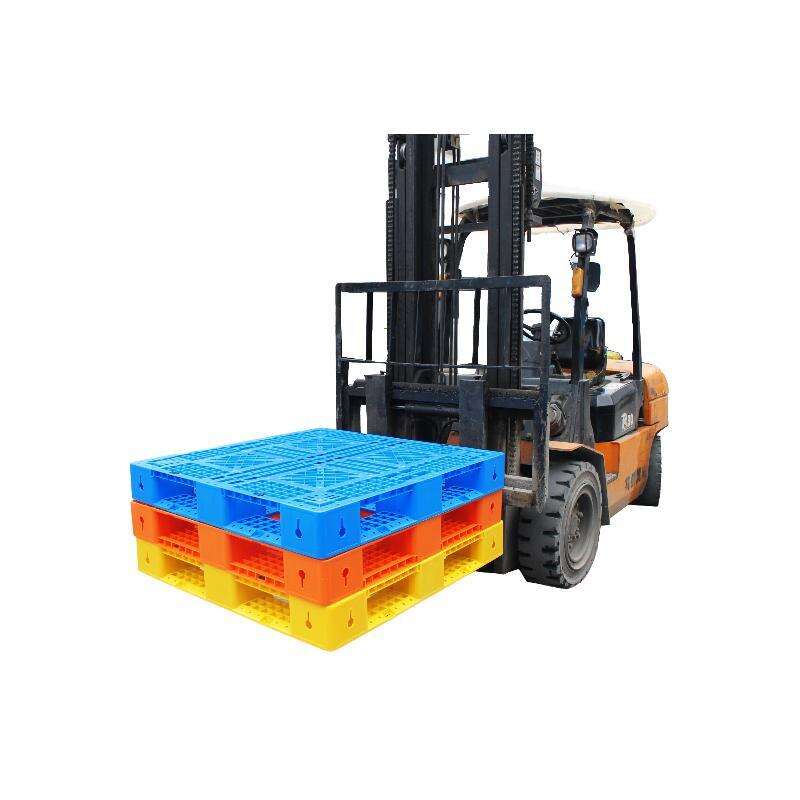 الباليت البلاستيكية
الباليت البلاستيكية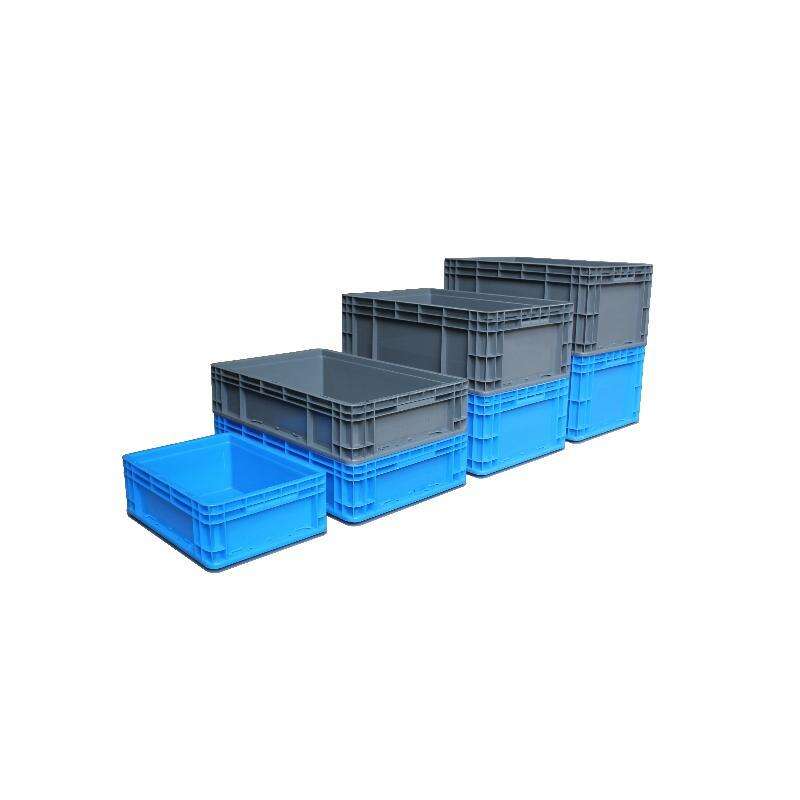 علبة الشحن
علبة الشحن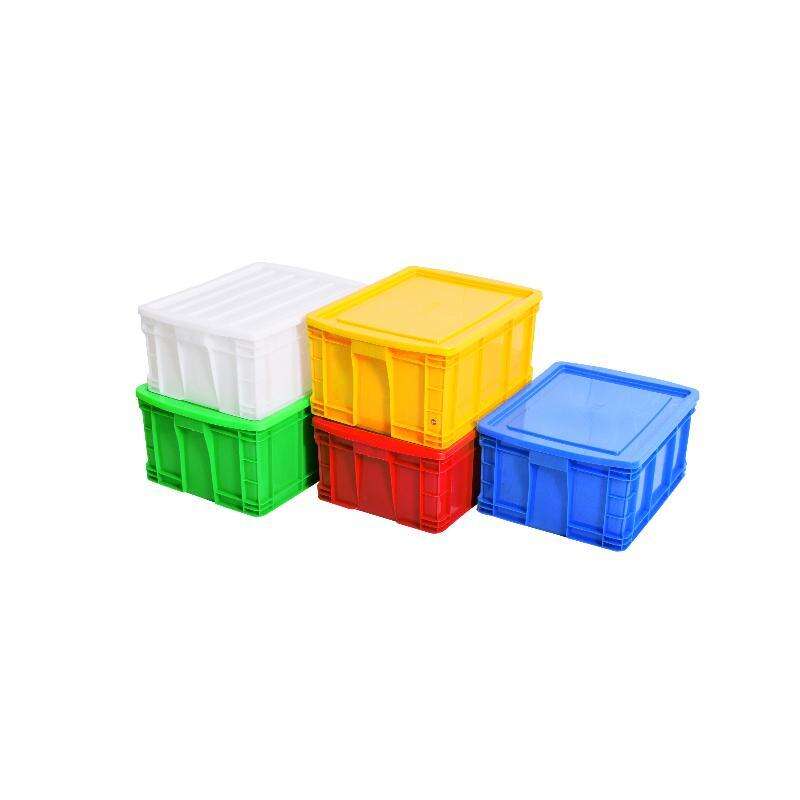 صناديق بلاستيكية
صناديق بلاستيكية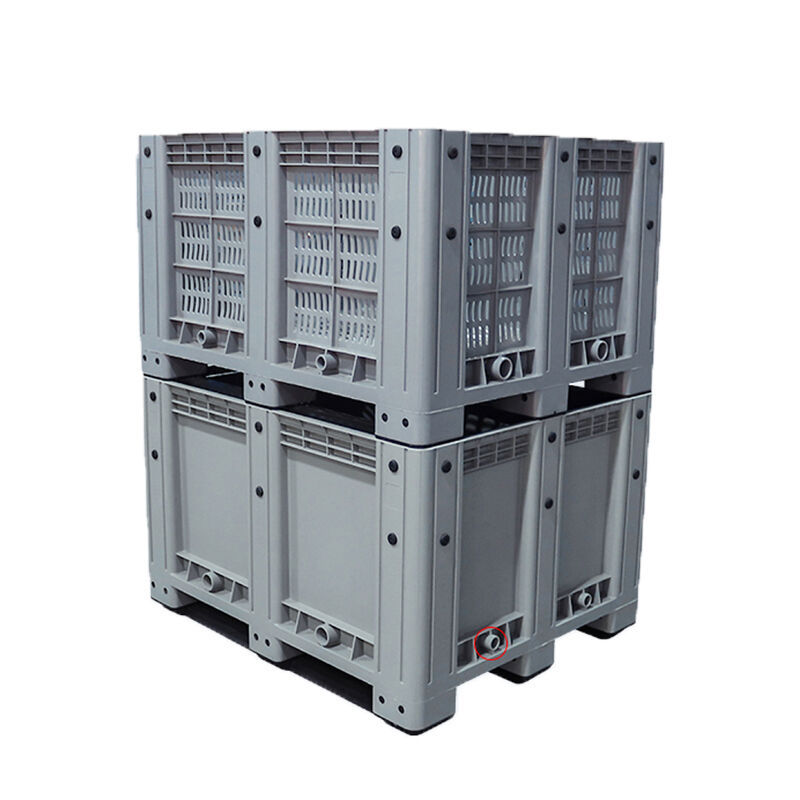 حاويات كبيرة الحجم
حاويات كبيرة الحجم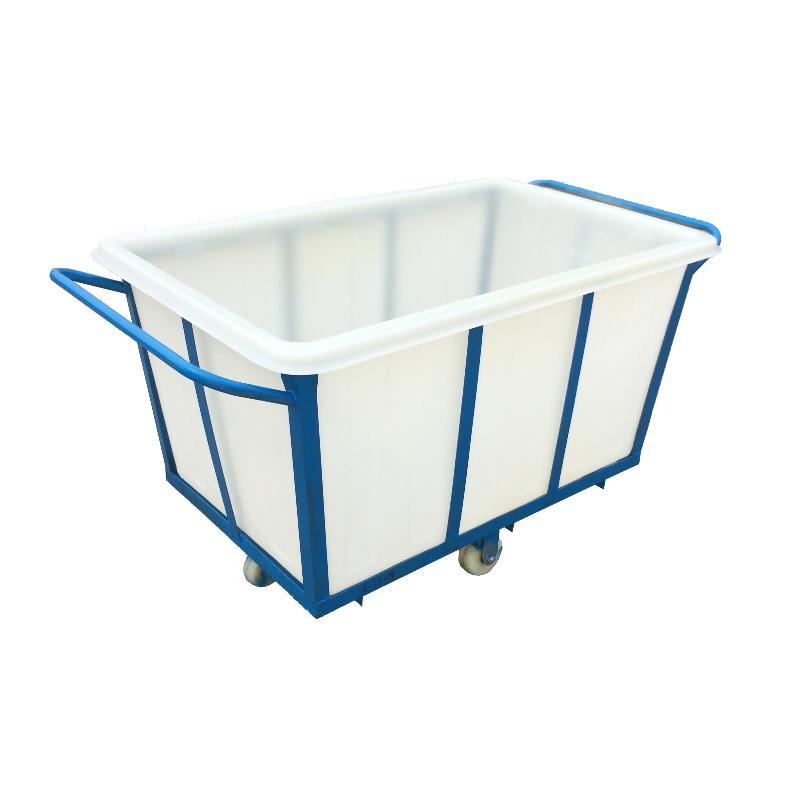 عربة الجر
عربة الجر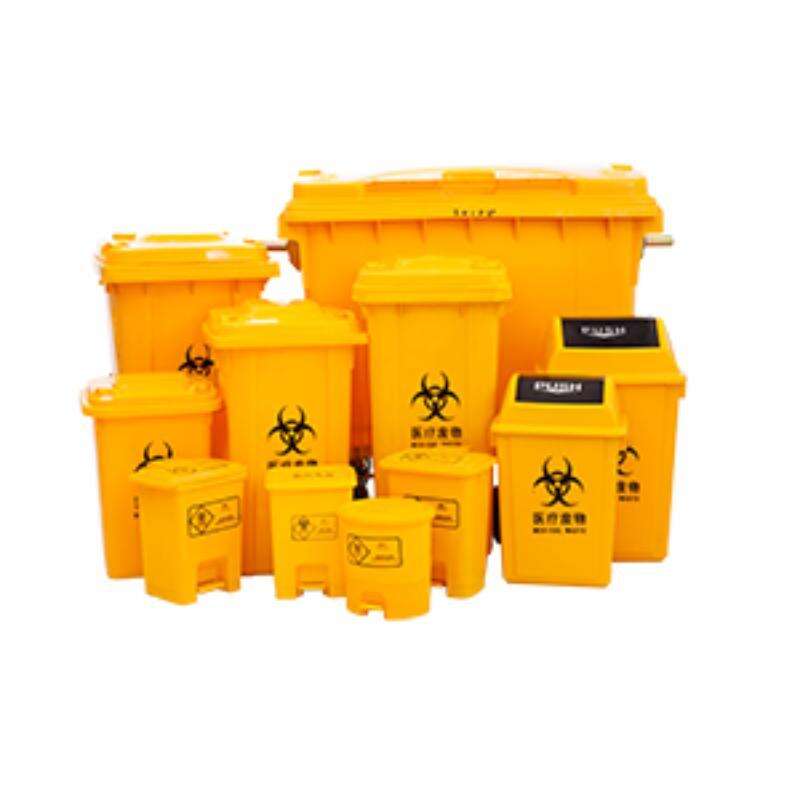 سلال النفايات
سلال النفايات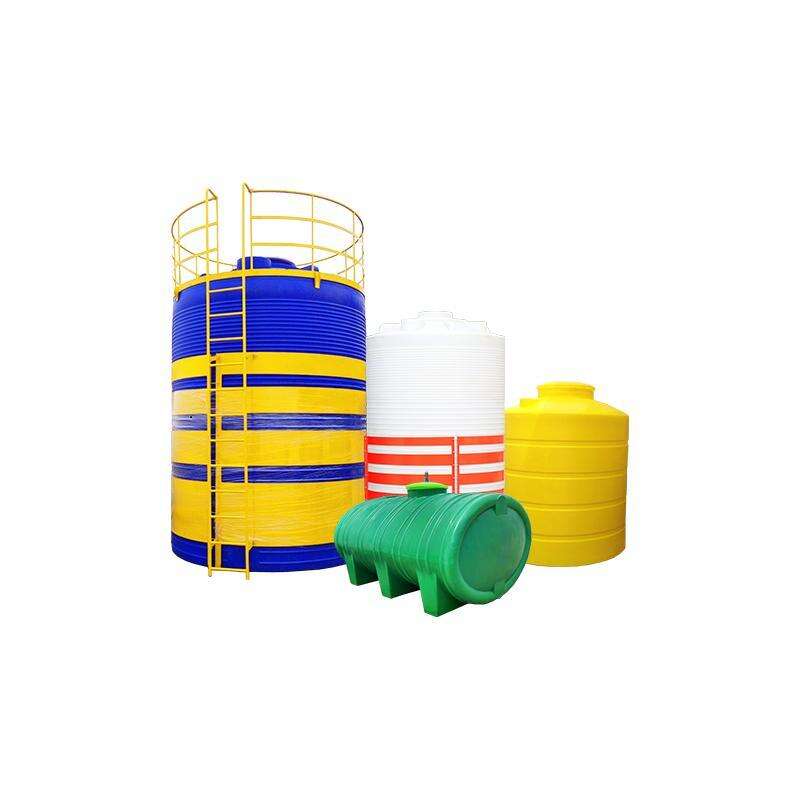 حاويات تخزين السوائل
حاويات تخزين السوائل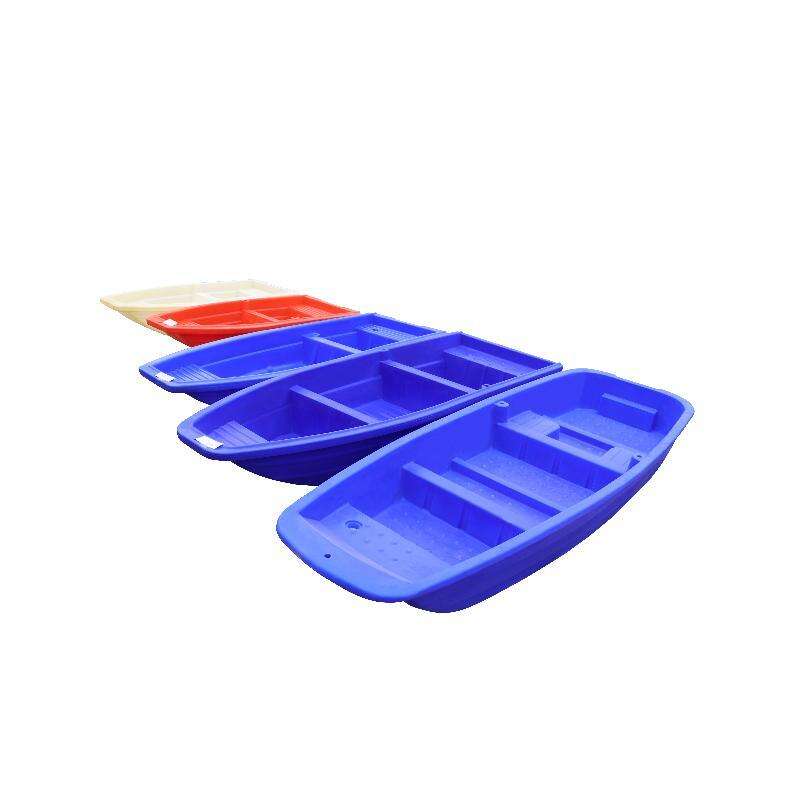 قوارب ومنتجات مائية
قوارب ومنتجات مائية
